How to Plan and Execute a Successful Corporate Video Shoot
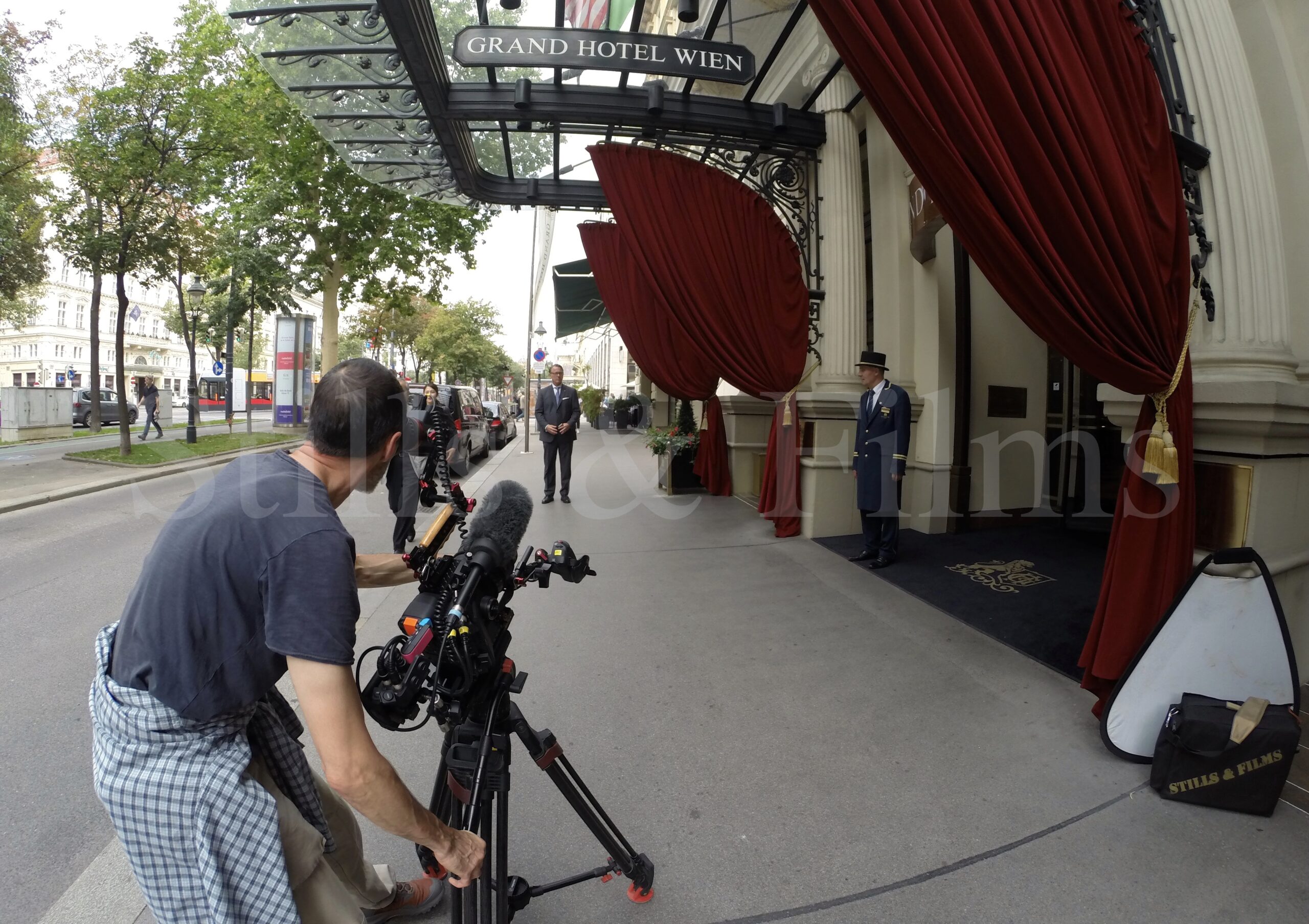
We were filming an interesting corporate video at Grand Hotel Vienna.
In the fast-paced world of digital marketing and communication, corporate videos have emerged as a powerful tool for businesses to engage with their target audience. Whether you’re looking to showcase a new product, introduce your team, or convey your company’s values, a well-executed corporate video can capture attention, build brand awareness, and drive engagement. However, creating a successful corporate video requires strategic planning, meticulous execution, and a keen attention to detail. In this comprehensive guide, we will walk you through the step-by-step process of planning and executing a successful corporate video shoot.
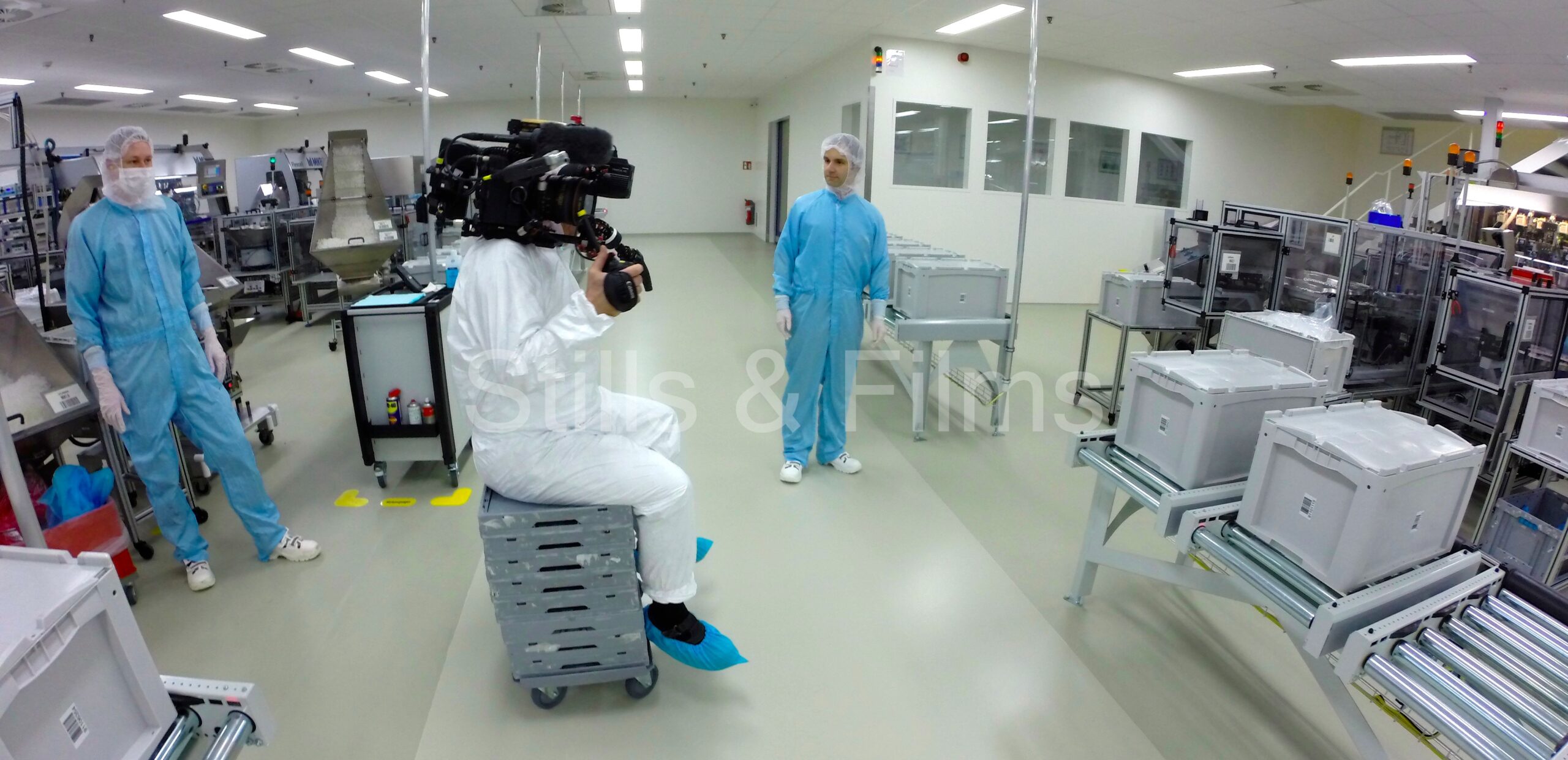
We are on a factory shoot in Hemer, Germany.
Define Your Objectives and Audience
The foundation of any successful corporate video is a clear understanding of your objectives and target audience. Before you embark on planning your video shoot, take the time to define the purpose of your video. Are you looking to increase brand awareness, drive sales, or educate your audience? Identifying your objectives will help you shape the content, tone, and messaging of your video. Additionally, understanding your target audience – their preferences, interests, and pain points – will inform how you craft your video to resonate with them effectively.
Develop a Compelling Storyboard and Script
Once you have a clear understanding of your objectives and audience, it’s time to craft a compelling storyboard and script for your corporate video. A storyboard serves as a visual blueprint that outlines the sequence of shots and scenes in your video, helping you visualize how the final product will look. Your script should articulate the key messages you want to convey, the tone of the video, and any specific dialogue or voiceover that will be included. A well-thought-out storyboard and script will provide a roadmap for the filming process and ensure that you capture all the necessary footage to tell your story effectively.
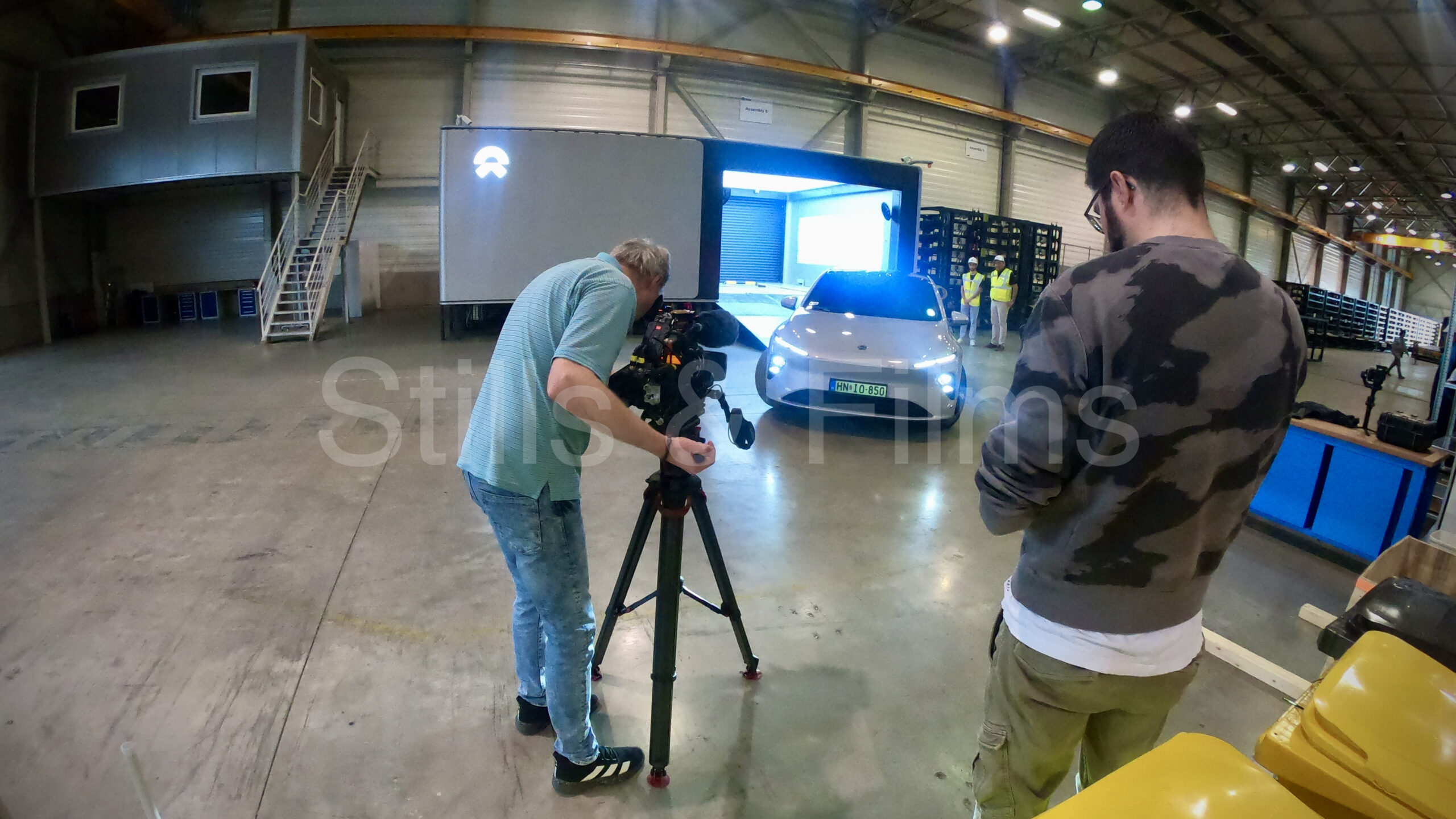
Our video crew worked with NIO, a Chinese electric car manufacturer.
Plan Your Shoot Logistics
With your storyboard and script in hand, the next step is to plan the logistics of your video shoot. This includes identifying potential filming locations, securing any necessary permits or permissions, and scheduling key dates and times for the shoot. Consider factors such as lighting, sound, and background ambiance when selecting shooting locations to ensure the best possible visual and auditory quality. Create a detailed shooting schedule that outlines the sequence of shots, scenes, and actions to be captured during the shoot.
Assemble Your Team and Equipment
A successful corporate video shoot requires a talented and skilled team to bring your vision to life. Depending on the scope of your project, you may need to hire professionals such as videographers, lighting technicians, sound engineers, and production assistants. Ensure that you have the necessary equipment, such as cameras, microphones, lighting gear, and any props or set decorations required for the shoot. Test all equipment prior to the shoot date to identify and address any technical issues that may arise.
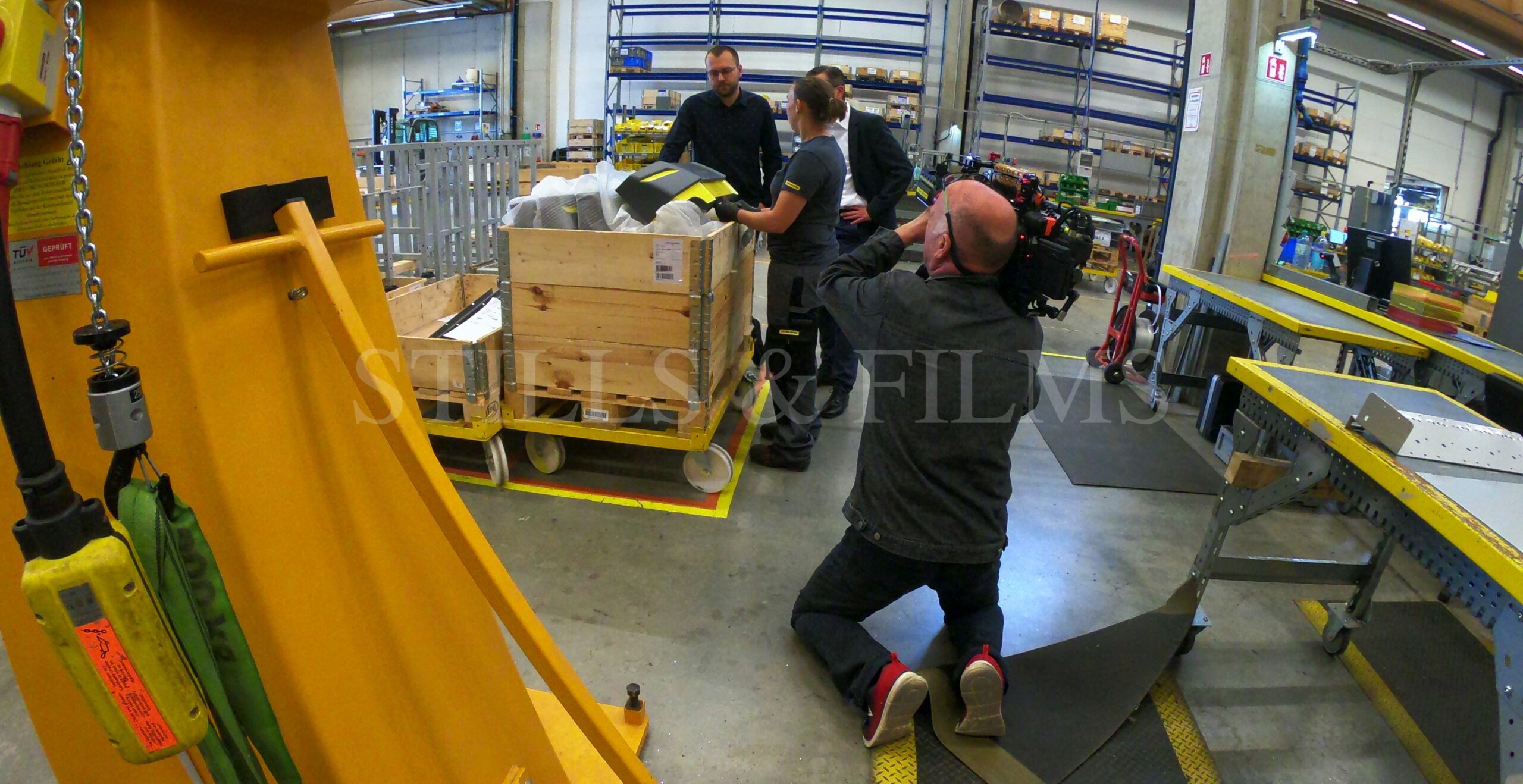
Our video crew is on corporate shoot in a factory in Graz, Austria for a UK client.
Conduct Pre-Production Meetings and Rehearsals
As the shoot date approaches, schedule pre-production meetings with your team to discuss the storyboard, script, shooting schedule, and overall vision for the video. Use this time to clarify roles and responsibilities, address any questions or concerns, and ensure that everyone is aligned on the creative direction of the project. Consider conducting rehearsals with your on-screen talent to fine-tune performances, practice dialogue delivery, and make any necessary adjustments to timing and pacing.
Film Your Video
On the day of the shoot, arrive early at the filming location to set up equipment, prepare the set, and address any last-minute details. Follow your shooting schedule closely, capturing each shot and scene as outlined in your storyboard and script. Communicate effectively with your team and talent, providing clear direction and feedback to ensure that the filming process runs smoothly and efficiently. Take multiple takes of each shot to give yourself options during the editing process.
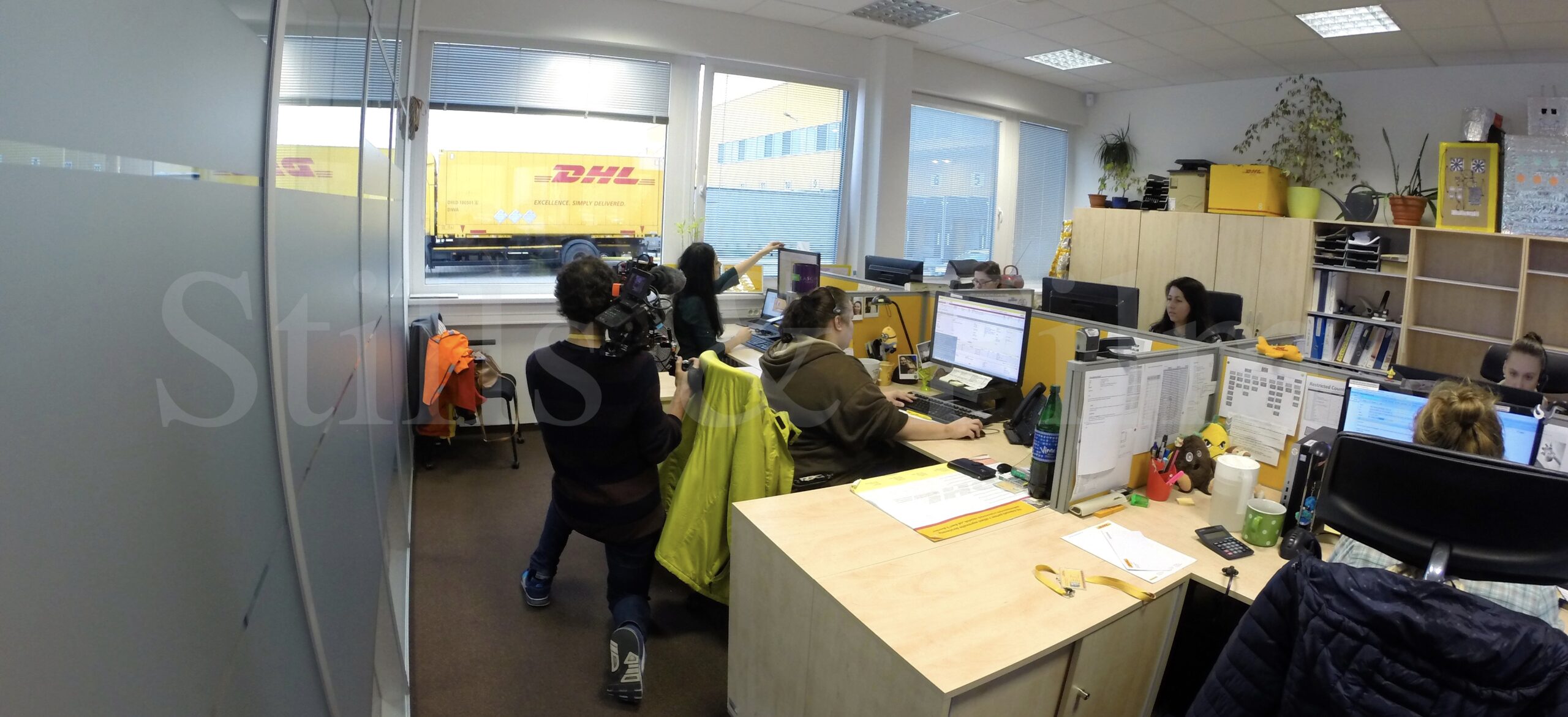
Filming at their premises in Bratislava for DHL.
Edit and Post-Production
After the filming is complete, it’s time to edit your video and bring all the elements together into a cohesive and compelling final product. Edit your footage to sequence shots, trim excess content, add transitions, and incorporate any music or sound effects as needed. Use editing software to color correct, add graphics or text overlays, and refine the overall visual aesthetic of the video. Consider working with a professional editor to ensure a polished and professional end result.
Share and Promote Your Video
Once your corporate video is finalized, it’s time to share it with your target audience and promote it through various channels. Upload the video to your company website, social media platforms, and video-sharing sites such as YouTube or Vimeo. Consider implementing a targeted promotion strategy to reach your desired audience and maximize exposure for your video. Monitor performance metrics such as views, engagement, and click-through rates to measure the effectiveness of your video marketing efforts. Use this data to refine your approach and optimize future video content for better results.
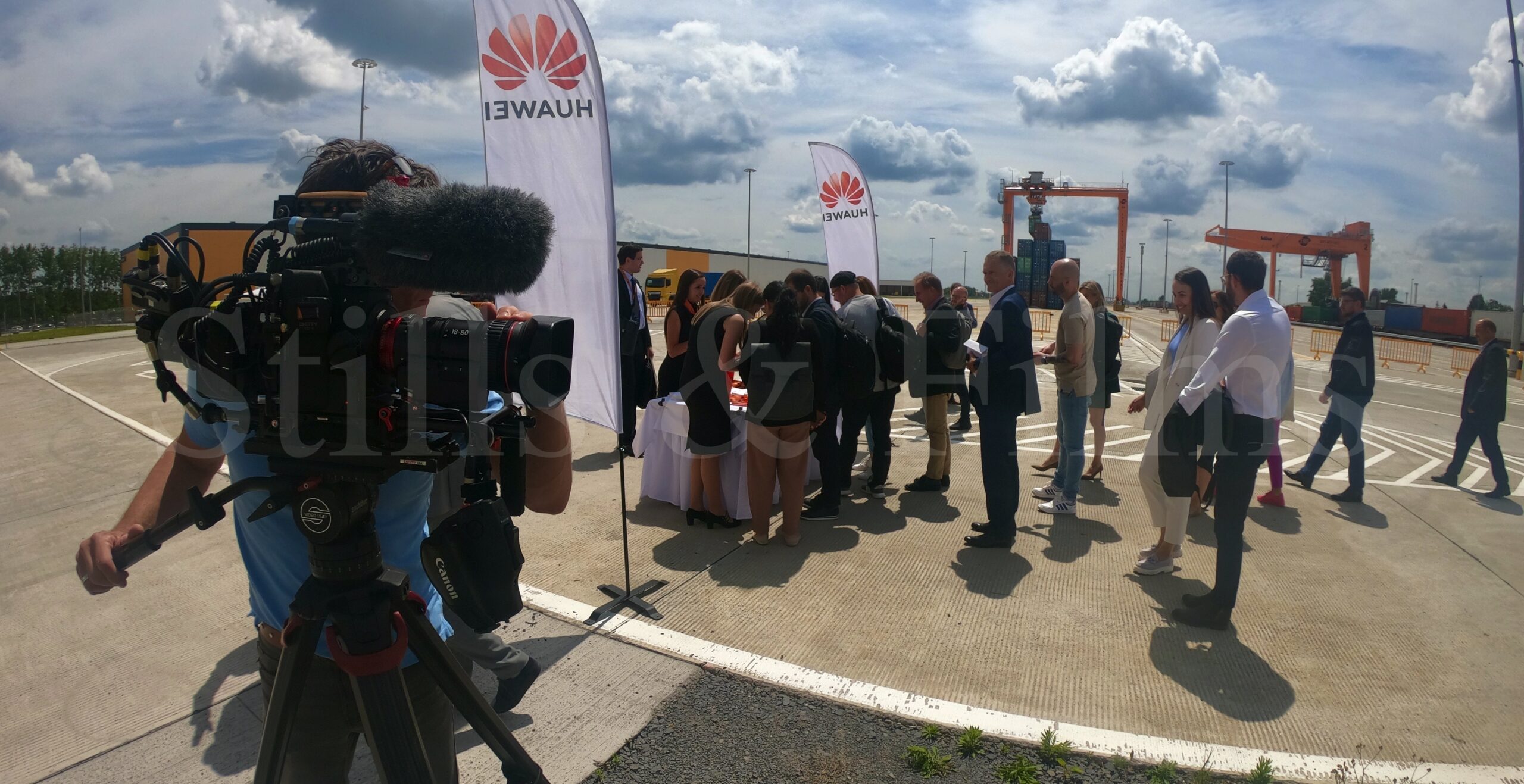
Corporate shoot for Huawei in Hungary.
Evaluate and Learn
After your corporate video has been shared and promoted, take the time to evaluate its impact and effectiveness. Review key performance indicators such as views, engagement metrics, social shares, and feedback from your audience. Analyze what worked well and areas for improvement, and use these insights to inform your future video projects.
In conclusion, creating a high-quality corporate video requires careful planning, effective collaboration with your team, attention to detail during filming, and strategic promotion of the final product. By following the steps outlined in this guide, you can produce a compelling and engaging video that effectively communicates your company’s message, enhances brand awareness, and drives action from your target audience.
Ready to take your corporate video production to the next level? Contact our team of skilled cinematographers and storytellers today to bring your vision to life.


